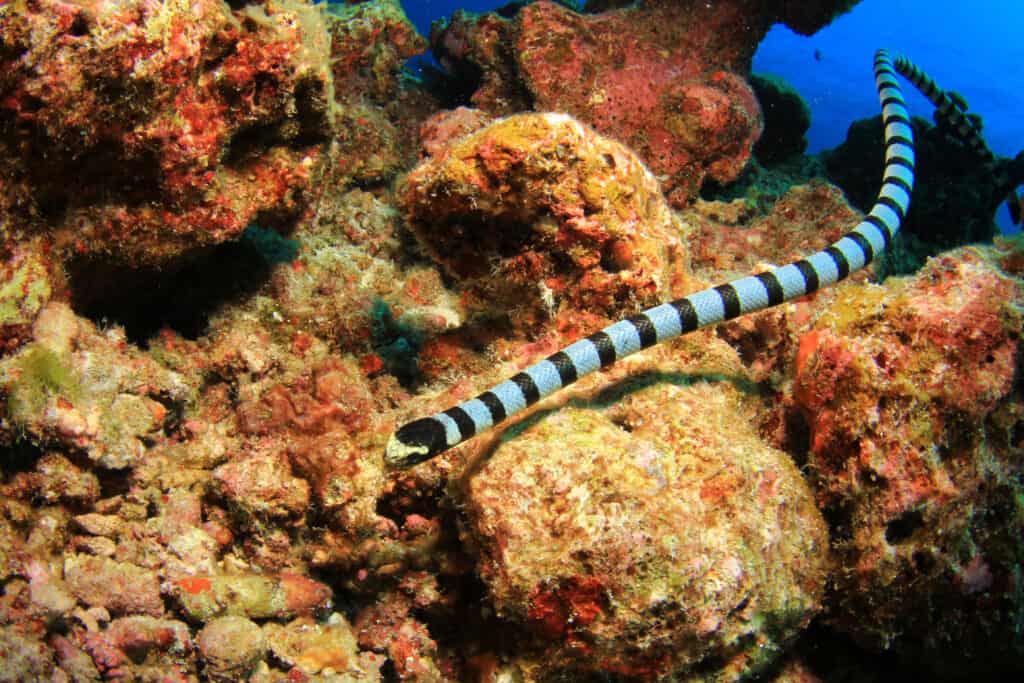Introduction
When it comes to venomous snakes, Australia is home to a few of one of the most fascinating and unsafe varieties worldwide. Amongst these, the Tiger Snake attracts attention not just for its potent venom but also for its intriguing behavior. Recognizing the behavior of venomous serpents like the Tiger Snake is important for both wild animals lovers and those residing in locations where these snakes exist. This article explores different aspects of Tiger Snake behavior, environment, identification, precaution, and first aid techniques in situation of a snake bite.
Understanding the Behavior of Venomous Snakes Like the Tiger Snake
The Tiger Snake, clinically called Notechis scutatus, is notorious for its hostile nature when intimidated. These serpents display a variety of habits that can be rather different from their non-venomous equivalents.
Characteristics of Tiger Snakes
The Tiger Snake is quickly well-known due to its distinct bands or stripes that look like a tiger's markings. They can differ in shade from yellowish-brown to dark olive or black. This coloration serves not just as camouflage however also as a warning signal to possible predators.

Adaptability to Environment
One remarkable facet of their behavior is their flexibility to numerous settings. Found mainly in seaside areas, marshes, and marshes throughout Australia and Tasmania, they can grow in diverse environments consisting of metropolitan locations.
Hunting Techniques
Tiger Serpents are ambush killers primarily eating fish, frogs, and little creatures. They have keen sight and an acute sense of odor which aids them in finding victim effectively.
Venom Composition
Their poison has neurotoxins that influence the nerves, bring about paralysis or death in smaller animals. For human beings, immediate clinical interest is vital after a tiger serpent bite due to its potentially deadly effects.
Natural Environment of Tiger Snakes
Preferred Locations
Understanding where these serpents reside clarify their behavior patterns. The tiger snake habitat consists of:
- Coastal regions Swamps Grasslands Urban locations with bountiful water sources
Seasonal Movements
During warmer months, Tiger Snakes are more active as they indulge in sunlight or search for food. In contrast, colder months see them pulling back into hibernation sites.
Are Tiger Snakes Venomous?
Yes! The inquiry "are tiger snakes venomous?" often arises amongst those not familiar with this varieties. Their poison is considered among the deadliest among all snake varieties worldwide.
Symptoms of a Tiger Serpent Bite
If bitten by a tiger snake, signs and symptoms may consist of:
- Localized pain Swelling at the bite site Nausea and vomiting Sweating and confusion
Immediate medical aid is critical as untreated attacks can cause extreme health and wellness complications or perhaps death.
First Help for Serpent Bites: Quick Reaction Guide
Knowing exactly how to provide emergency treatment for a snake bite could conserve somebody's life. Here's what you must do:
Step 1: Remain Calm
Keeping tranquility assists decrease heart price which lowers venom spread.
Step 2: Debilitate the Influenced Area
Keep the influenced arm or leg still and below heart degree if possible.
Step 3: Call Emergency Services
Always seek specialist clinical help instantly after a snake bite.
First Help for Serpent Bite Kit Essentials
A fully equipped snake bite first aid kit ought to consist of:
- A compression bandage Antiseptic wipes A set of scissors A cold pack
Safety Precautions: Protecting against Serpent Bites in Australia
Awareness Programs
Educating neighborhoods regarding neighborhood snake varieties and their keelback snake australia habits can considerably reduce encounters causing bites.
Avoiding Hazardous Areas
Staying away from long turf throughout warmer Additional hints months minimizes contact with serpents that might be resting or hunting.

Common Misconceptions Concerning Tiger Snakes
Many individuals believe misconceptions concerning the behaviors of tiger serpents result in unnecessary concern. Here are some information:
Myth 1: All Tigers Are Aggressive
Not all tiger snakes will Red-bellied Black Snake show hostility if left uninterrupted; many choose running away rather than confrontation.
Myth 2: They Chase Humans
Tiger serpents do not actively go after humans; they might strike when they feel endangered but will typically pull back if given space.
Conservation Initiatives Related to Venomous Snakes
Conservation efforts concentrate on educating areas concerning securing regional wild animals while decreasing human-snake interactions.
Importance of Ecosystems
Understanding that venomous snakes play a crucial duty in preserving ecological balance helps foster gratitude instead of worry towards them.

FAQs Regarding Tiger Snakes
What needs to I do if I run into a tiger snake?- Maintain distance and gradually retreat without unexpected movements.
- While attacks aren't exceptionally usual due to awareness initiatives, they still happen annually within Australia.
- Baby tiger snakes can provide full doses of poison despite being smaller; thus care is recommended around them.
- They mostly eat frogs, fish, small creatures like rodents, and other reptiles.
- It's illegal in most territories without correct licensing as a result of safety and security worries regarding their venom.
- Wear tough boots and stay on marked trails; look before putting hands or feet right into hidden rooms like rocks or logs.
Conclusion
Understanding the behavior of poisonous snakes like the Tiger Serpent not just enhances our knowledge however additionally advertises safety and security awareness among those living near their habitats. From identifying their features, understanding first aid methods following a bite, through engaging conservation initiatives-- every facet plays a vital role in fostering conjunction with these interesting reptiles while respecting their place within our ecosystem.
As we deepen our understanding with education and experience, we contribute favorably toward making certain both human security and wild animals conservation-- benefitting all events involved!